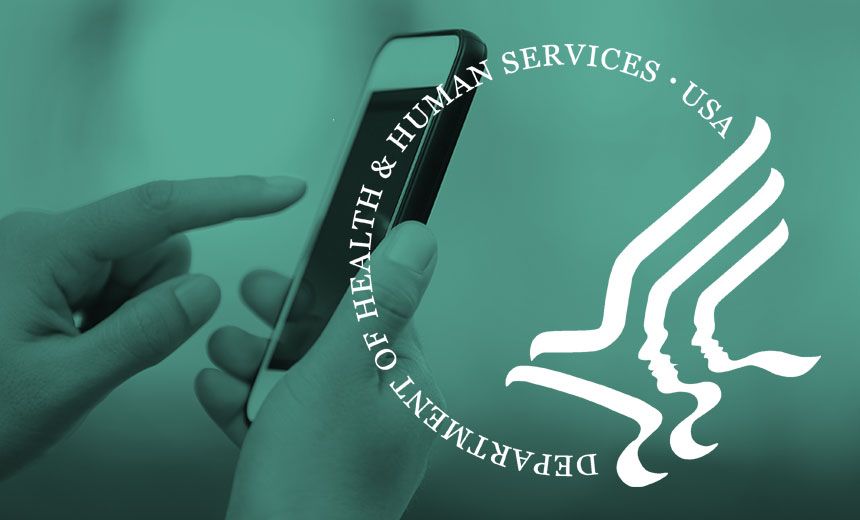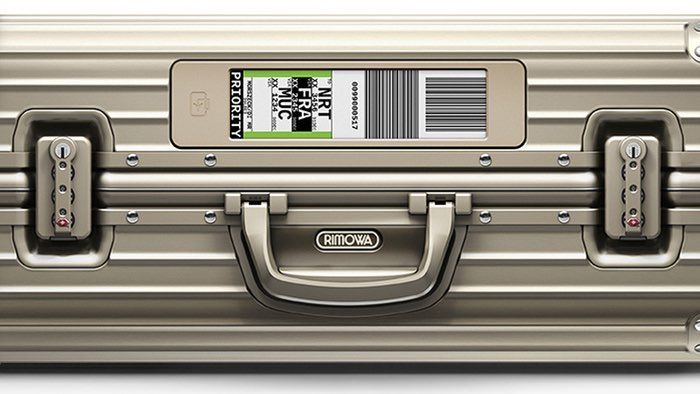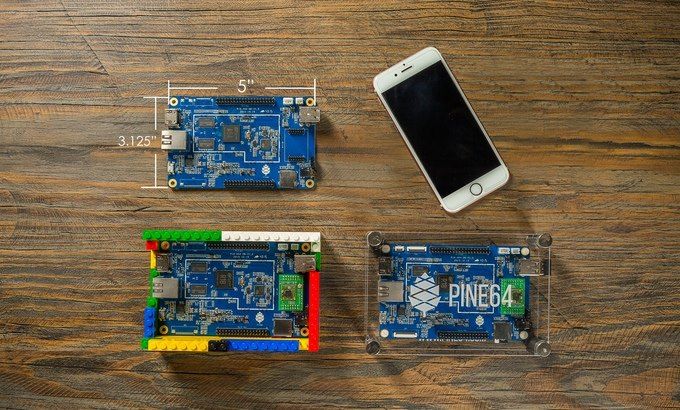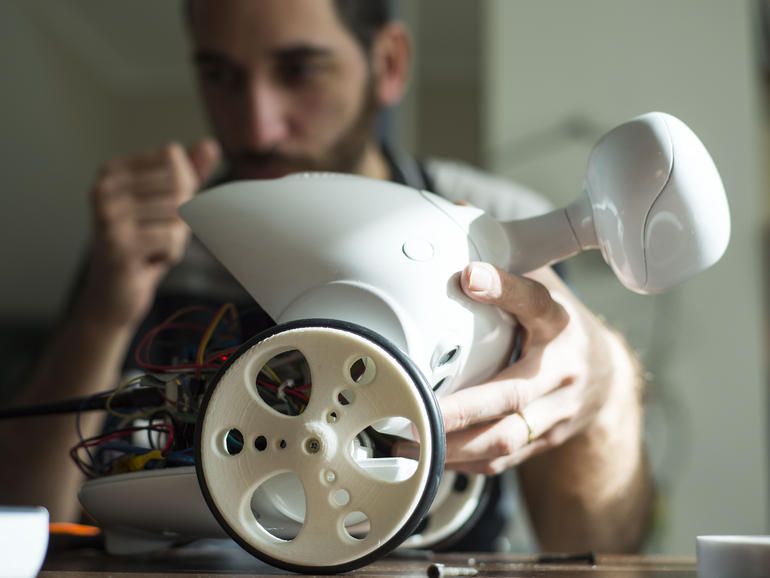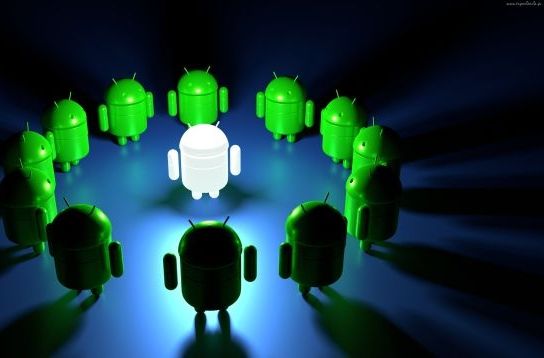Feb 17, 2016
This Smartphone Costs Less Than A Sandwich, No Really
Posted by Shailesh Prasad in category: mobile phones
This is the ‘world’s cheapest’ smartphone.
A technology company in India is launching what it claims will be the ‘world’s cheapest’ smartphone costing just $7 or around £5.
The Freedom 251 is being built by Ringing Bells and will reportedly sell for around $7 although the BBC reports that local media are pricing it even lower at just £2.50.


